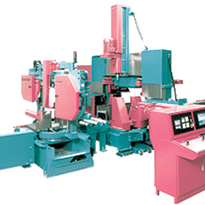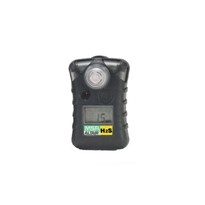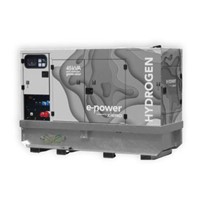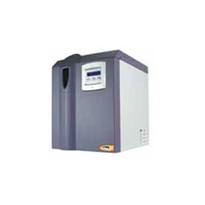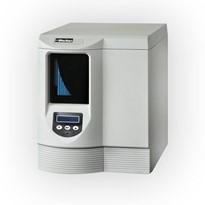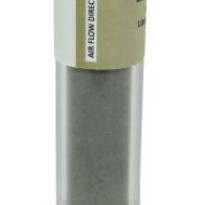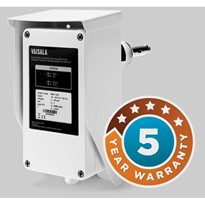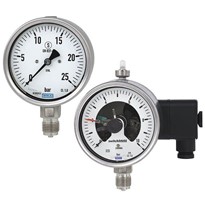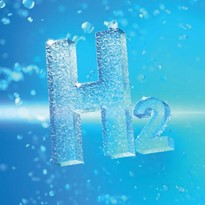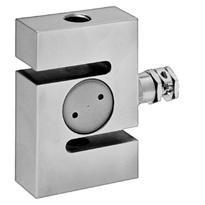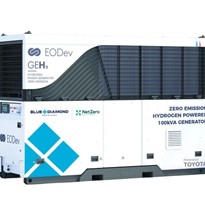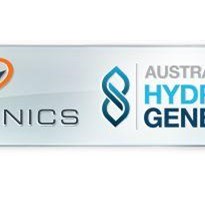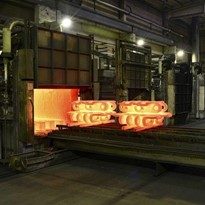Hydrogen applications have been established in the process industry for decades, with demand primarily being driven by refineries, methanol & ammonia production and also in direct reduction in iron and steel production. Conventional hydrogen production typically uses natural gas or coal as feedstock. It is expected, in the future, that hydrogen will have to play an important role in decarbonising the world’s economy − if produced from renewable energy sources e.g. solar and wind energy.
Hydrogen needs know-how
WIKA has long been a partner to the hydrogen industry for instrumentation related solutions, with a proven track record, and is geared up to resolve any new challenges ahead. Whether the hydrogen is produced by conventional methods or based on renewable energies − we provide solutions for the entire value chain of the hydrogen industry.
Embrittlement – Safely prevent mechanical failure
Permanent contact to hydrogen may lead to so-called hydrogen embrittlement. The hydrogen can penetrate the material structures leading to a deterioration of the mechanical properties and eventually mechanical failure. Special alloys lengthen the service life To avoid this effect, appropriate materials in direct contact with hydrogen have to be chosen. As a standard austenitic steels like 316L or 1.4571 are preferred. But also specific alloys like Alloy C276, Alloy 718 or 2.4711 (Elgiloy®) are well-suited for hydrogen applications. Typical for the fracture pattern of high-strength steels in the event of hydrogen embrittlement are the intergranular crack paths with gaping grain boundaries and crow’s feet = microductility (short, mostly branched ridges as an indication of ductile deformation lines on a microscale) on the grain surfaces.
Our solution
WIKA materials used in hydrogen applications: Mechanical pressure gauges, mechanical switches: Pressure port: 316L; Probe element/movement: 316L Electronic pressure sensor: Pressure port: 316L or 1.4571; Sensor element: 2.4711.
Permeation – With gold against the smallest ions
Hydrogen is the simplest element on the periodic table and its atomic radius is the smallest of the elements. However, hydrogen occurs naturally as the H2 molecule. When touching metal surfaces only relatively small energy is required to dissociate the hydrogen molecule into single atoms, and eventually into H+ ions. These ions can penetrate metal and resistance structures, which can lead to a signal drift of the sensor element over time. The higher the introduced energy, e.g. through higher process temperatures and higher pressures, the bigger this effect will be.
Gold keeps the systems running
To avoid the permeation of hydrogen through metal structure and with this the signal drift of the sensor a gold plating can be used. It serves as a barrier to hydrogen with a significantly lower permeation rate than for example pure 316L.
Our solution
WIKA offers gold plating on flush sensor solutions like models E-11, IS-3 (flush version) or diaphragm seals.
With the cryogenic thermometer, WIKA offers a specially designed and tested solution for measuring the temperature of liquid hydrogen. Depending on the physical state of the hydrogen (gaseous or cryogenic) various measurement solutions have to be used. WIKA can provide both solutions for gaseous and liquid hydrogen storage.


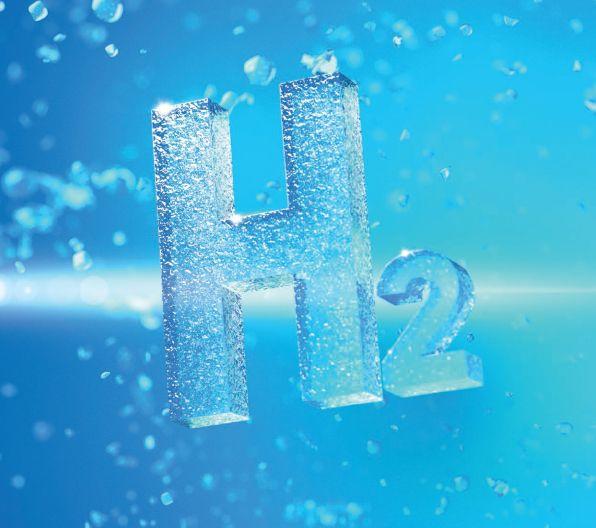


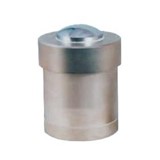
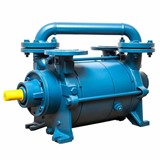
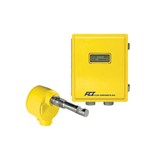





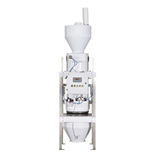
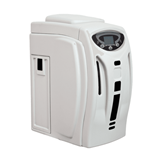
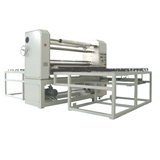
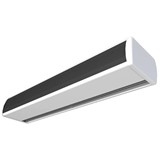
-205x205.jpg)
